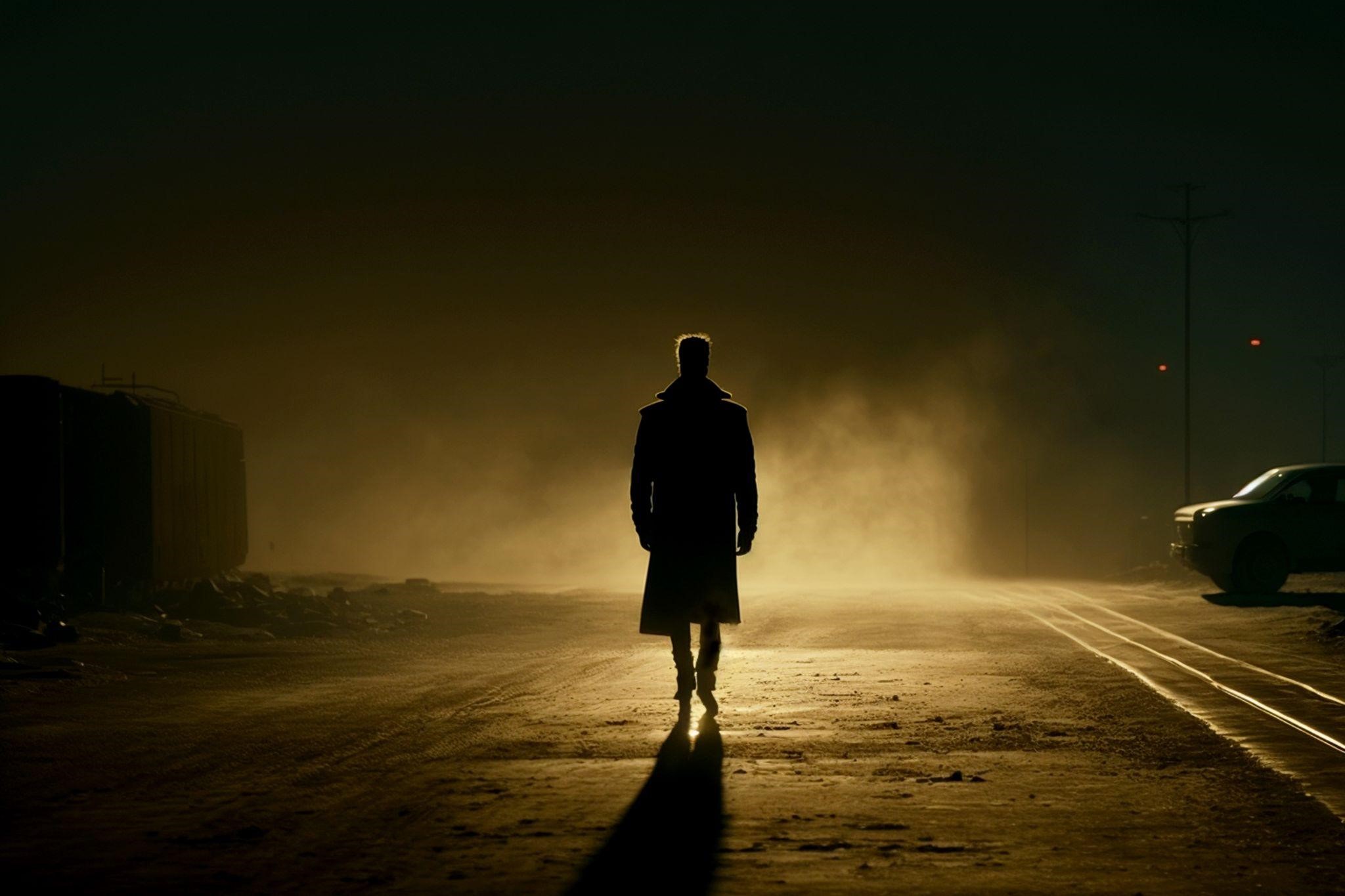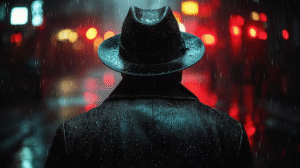When you pick up a spy thriller, you want more than just twists and explosions; you want a story that feels real. The most gripping spy thrillers with real-world context don’t just entertain; they pull you into a world that could exist.
You feel the weight of every risk, the tension of every decision, and the shadow of consequences that might spill into our own reality.
The Power of Realism in Spy Fiction
Spy thrillers rooted in reality strike a nerve because they build on events, tactics, and dynamics that genuinely happen in the world of intelligence.
Whether it’s covert surveillance, encrypted communications, or diplomatic betrayals, these elements feel authentic because they mirror actual operations.
As a reader, this realism draws you deeper into the story. You don’t just follow the characters; you step into their shoes, imagining the danger, moral dilemmas, and split-second choices they face.
Why Real-World Context Matters
In a purely fictional spy novel, anything can happen. While that can be fun, it can also remove the sense of urgency and believability. Adding real-world context changes the stakes entirely.
Here’s why:
- Credibility – Realistic details make you believe the plot could unfold in our world.
- Emotional Connection – When settings, events, and tactics are drawn from reality, you feel the tension on a personal level.
- Relevance – Stories connected to historical or current events tap into what you already know about politics, conflict, and power struggles.
By combining fact with fiction, authors can create thrillers that feel both entertaining and unsettling, a combination that keeps you turning pages.
The Tools of the Trade
Great spy thrillers with real-world context often borrow from actual espionage playbooks:
- Tradecraft Techniques – Dead drops, coded messages, and infiltration tactics.
- Historical Backdrops – Cold War tensions, real geopolitical rivalries, or true diplomatic incidents.
- Technological Warfare – Cybersecurity breaches, satellite sabotage, and advanced surveillance equipment.
When an author knows these tools and uses them in ways that align with actual intelligence work, the story gains a whole new level of intensity.
Fact Meets Fiction in Code Name Boulder Creek
Peter S. Eisenhut’s Code Name Boulder Creek is a perfect example of how to blend historical fact with riveting storytelling.
Set in the Cold War era, the novel follows CIA agent Jon Wilson and IBM auditor Peter Troutman as they unravel a Soviet plot to sabotage U.S. satellite defense systems.
While the characters are fictional, the espionage methods, geopolitical tensions, and high-stakes operations draw heavily from real Cold War intelligence work. This grounding in reality gives the book a pulse-pounding authenticity that fans of spy fiction crave.
Why This Approach Hits Harder
When you read a spy thriller grounded in truth, the suspense feels sharper because it could happen—or maybe already has. That fine line between reality and imagination keeps you questioning what’s fiction and what’s not. It’s a reminder that behind the headlines and history books are countless untold stories of secret deals, hidden betrayals, and missions we’ll never hear about.

Step Into the Real World of Espionage
If you love spy fiction that feels authentic, look for stories that weave fact into the narrative fabric. They’ll challenge your perceptions, deepen your engagement, and leave you thinking long after you’ve turned the last page.
Discover the thrilling blend of fact and fiction in Code Name Boulder Creek at Peter S. Eisenhut’s official website, your entry point into the shadowy world of Cold War espionage.




